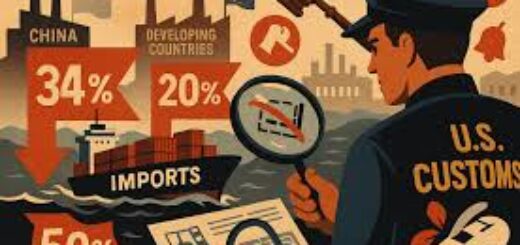FCPA Criminal Liability: Follow George Costanza’s Advice – Do the Opposite
 One of my favorite Seinfeld episodes is “The Opposite” when George decides to do the opposite of his natural inclination, and lo and behold, his life suddenly improves. There are days when we all feel like George Costanza.
One of my favorite Seinfeld episodes is “The Opposite” when George decides to do the opposite of his natural inclination, and lo and behold, his life suddenly improves. There are days when we all feel like George Costanza.
Compliance professionals and lawyers apply this same principle to FCPA criminal liability. (What a transition, huh!)
When it comes to avoiding criminal liability, I often use the phrase of “negating corrupt intent.” In other words, do not act like a criminal.
After prosecuting criminals for nearly twenty years, believe me, I know how criminals act. The converse is equally true – I know how law-abiding people act.
This is an important compliance principle and one which does not get enough attention. Part of the reason for this is that there have not been many former prosecutors who have devoted much time to practice in the compliance field. Former prosecutors tend to move naturally into white collar defense and cleaning up situations after a disaster has struck a company.
It is worth taking a little time to develop some ideas when it comes to negating criminal or corrupt intent. Unlike street crime cases, white collar crimes focus on the intent. In many situations, there is no dispute about the action itself but there is a dispute about whether the actor had the requisite state of mind when he committed the act.
Companies often face important FCPA compliance questions. The legality of a specific action may turn on the actor’s intent or in some cases, the company’s intent. To avoid potential liability, companies need to negate the intent or act contrary to a criminal.
What do I mean by this in practice?
Let’s consider a few characteristics of criminal conspiracies.
First, members of a criminal conspiracy tend to act in secret in order to avoid detection by law enforcement and internal compliance officers. This point seems obvious enough but it is important to remember that two employees acting together to steal or misuse money in a company often act in secrecy.
Second, members of a criminal conspiracies tend to avoid leaving a paper trail of their activities out of the same concern for avoiding detection.
Third, actors in criminal conspiracies know and understand that they are engaging in illegal behavior.
Fourth, criminal conspiracies tend to involve small groups of people. The need to coordinate and act without being detected usualy requires a criminal conspiracy to limit the number of participants.
Taking these principles, and applying the Costanza rule, let’s do the opposite to solve our compliance problem.
Once we negate each of these principles, the compliance state of mind and course of conduct becomes apparent.
First, the opposite of secrecy is transparency, meaning that the company acts openly without any attempt to hide its conduct or reason for its conduct.
 Second, the opposite of the absence of a paper trail, is for the company to document the reasons for its decision and its conduct.
Second, the opposite of the absence of a paper trail, is for the company to document the reasons for its decision and its conduct.
Third, instead of acting with guilty knowledge, the company acts only after establishing a good faith belief that its conduct is legal.
Fourth, the opposite of a small, tight-knit criminal conspiracy, is when a compliance problem is solved by a compliance team, usually involving compliance, legal and auditing staff, with the support of the business unit and senior management.
In practice, it is easy to see how transparency, documentation, a good faith belief that conduct is legal and a problem-solving team can avoid criminal liability. In fact, this prescription is antithetical to any criminal scheme, protects the company from investigation, and ensures that the company acts with minimal criminal exposure.















